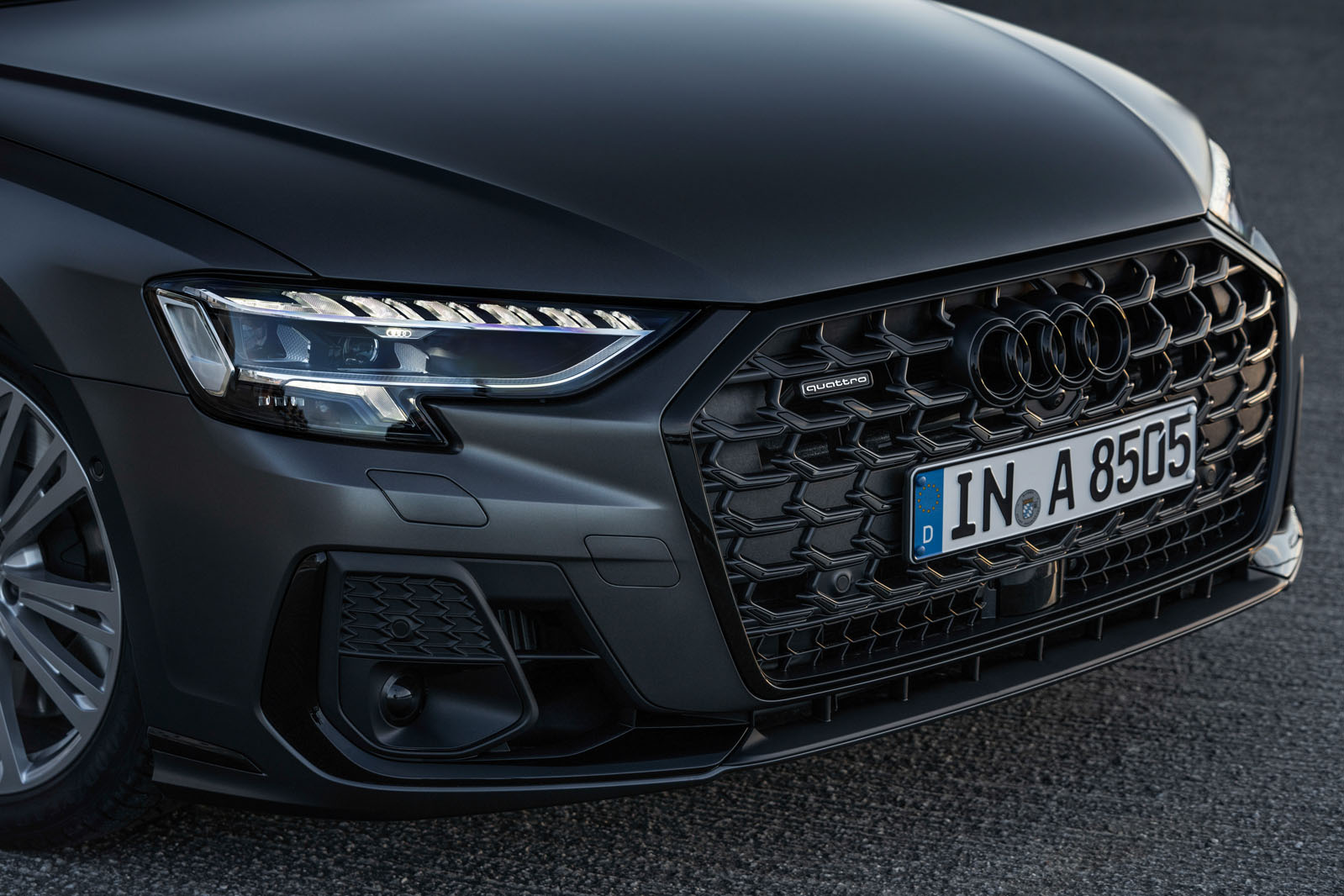Vehicle manufacturers vie with each other for the must-have device or feature that differentiates them from competitors: car headlamps are one such area, and this is where LED lighting has taken centre stage.
This relatively new tech (which has already been joined by laser headlight technologies) requires markedly less energy to power than the standard bulb, but the trade off is its cost – especially repair prices, given the majority are sealed units, something many owners may not realise.
This is a stark contrast to those with more traditional lighting systems who have the option of replacing a failed bulb for a few pounds.
Five years ago, a report from CAT sibling brand WhatCar? detailed the potential cost of replacing a failed LED headlight unit. It noted the extent of the problem with two examples: a VW Polo GTI requiring a new unit costing then £846 while the Honda Jazz EX required a £714 part.
So, can the aftermarket play a part in bringing these costs down? We speak to those in the know to find out.
Why are LED headlamps sealed and so expensive to replace?
The simple answer: because they are meant to last a long time – longer than most will own a car for – and so need no user-serviceable parts. But the reason is also partly regulatory.
Speaking to CAT, Audi UK detailed how – and why – in 2013 it developed full LED headlights for its Audi A3, and Audi Matrix LED headlights with adaptive high beams for the Audi A8.
The German marque said that the units were “designed so that light components’ reliability met or surpassed the defined durability requirements. Unlike light bulbs, which undergo physical degradation of their filament, LEDs do not decline as light sources”.
Dave Clark, product manager at international parts supplier HELLA, thought the same. He noted that “the benefits for the motorist include reduced servicing costs as LED headlights require less frequent replacement thanks to their long lifespan”.
While halogen bulbs typically last around 500-1000 hours, Clark said that LED headlights can last up to 25,000 hours or more.
Even so, Audi reckoned that LED lights should rarely fail and where a unit does fail, “customers should contact our authorised service partners” where complaints will be handled “individually, given that individual situations are best assessed on site”.
But while units shouldn’t fail, they may need replacement following damage. In those instances, a new unit is going to cost the driver more than expected – it may even require an insurance claim.
For example, an OE-approved Audi A3 LED unit from Valeo costs £745.86, with an Hella-made ECE-approved A8 unit priced at £2602.09. Audi-sourced parts will cost even more.

LED lighting unit cost concerns
This is a concern for many, as posts on a motoring forum, Car4Play, noted. One said they “shudder to think how they would cost to replace” in regards to these LED units, while another commented: “Yet another thing to financially write a car off if involved in a minor shunt resulting in damage to a headlight.”
In terms of replacements, although not addressing the question of costs, Audi noted ‘Audi Genuine Parts’ which includes identical (original) replacement parts as well as repair solutions (maintenance parts). It explained that the reason that failures require entire units to be replaced is that “type approval for headlight housing, the light lens et al for LED headlights are one system with LEDs and circuit board combined…therefore [we’re not] allowed to offer single circuit boards at our dealerships”.
From a different standpoint, Clark suggested that replacement costs are not unreasonable given that “headlight technology has undergone significant advancements in recent years, with extensive research and development efforts invested”.
He added that “vehicle manufacturers allocate significant resources to develop headlights that offer improved illumination, energy efficiency and guaranteed performance in the toughest of conditions.”
This leaves drivers having to cope with high replacement costs – especially as there are invariably no alternatives for them to buy and fit.
As Clark said, this is because “it is virtually impossible for third parties to reverse engineer ‘matching quality’ products cost-effectively for latest technology headlights”, adding: “The levels of technology and the need to meet sophisticated original design performance parameters will be too demanding.”
There are stories of ingenious individuals acquiring dud units and using them to create Frankenstein working units. But Clark didn’t advise this because “sealed LED headlight units are designed as integrated systems; they are not designed to be opened or repaired”.
LED lights are a lost segment for aftermarket… for now
For the aftermarket, headlamps look like a segment of the market that will increasingly become lost as a source of revenue as traditional units wane in usage in favour of modern sealed lighting systems.
And for drivers, WhatCar?’s advice was very clear: “If you’re going to keep your car for many years or are buying second hand, we’d recommend avoiding models and trim levels that have sealed headlight units.”











Go to comments